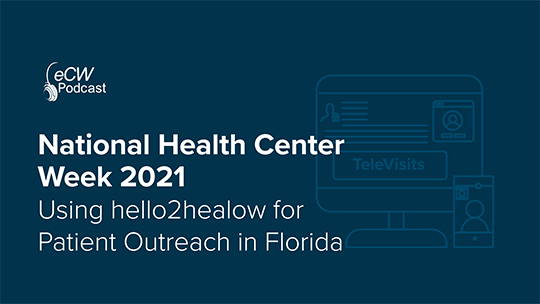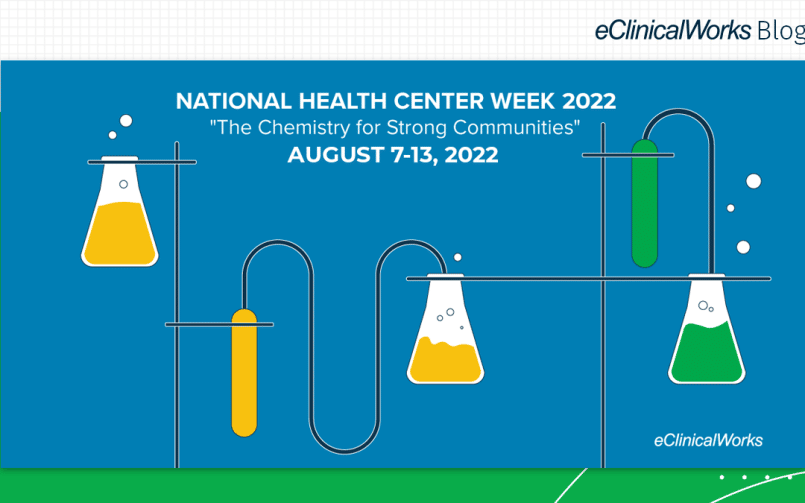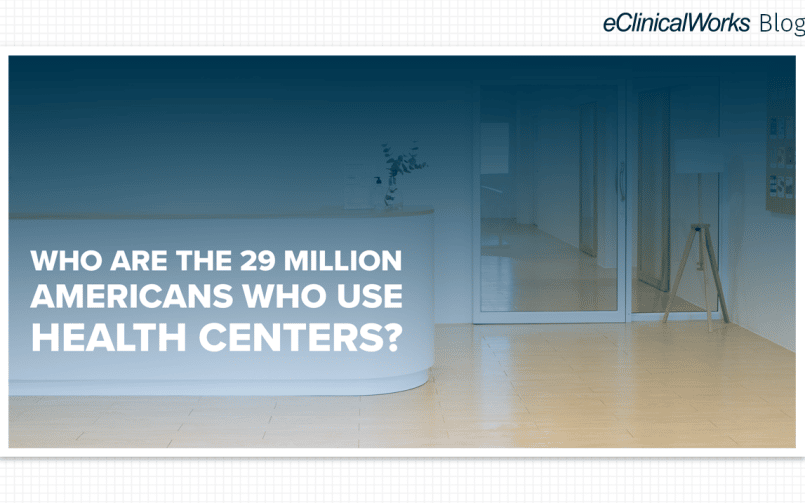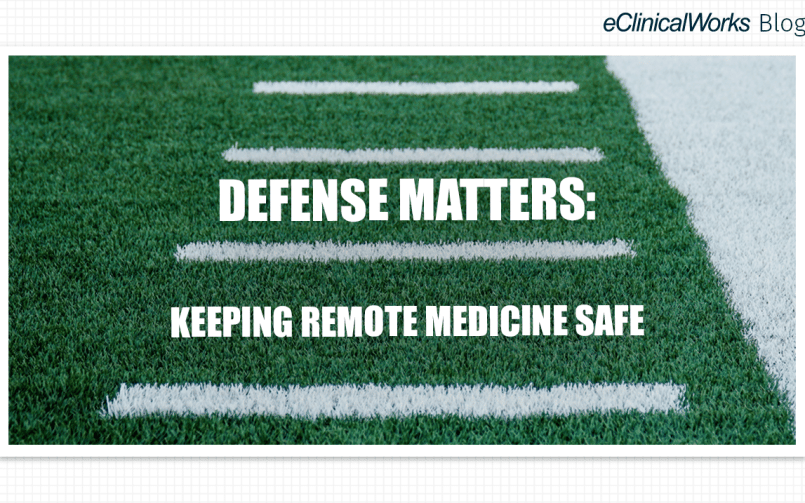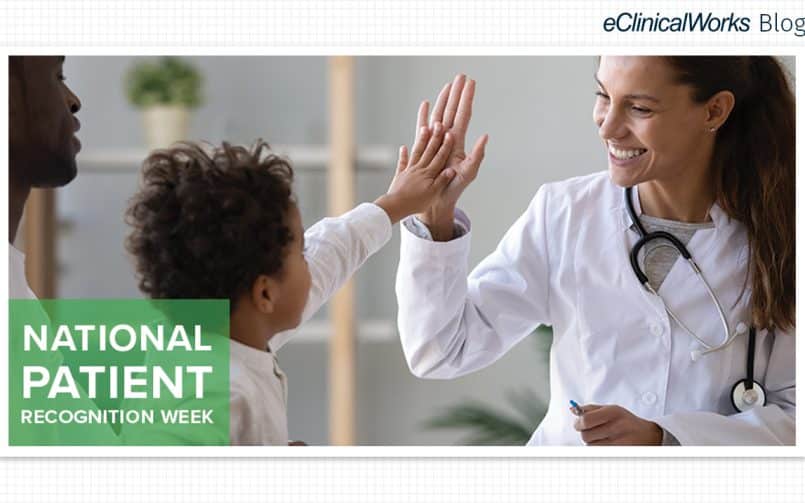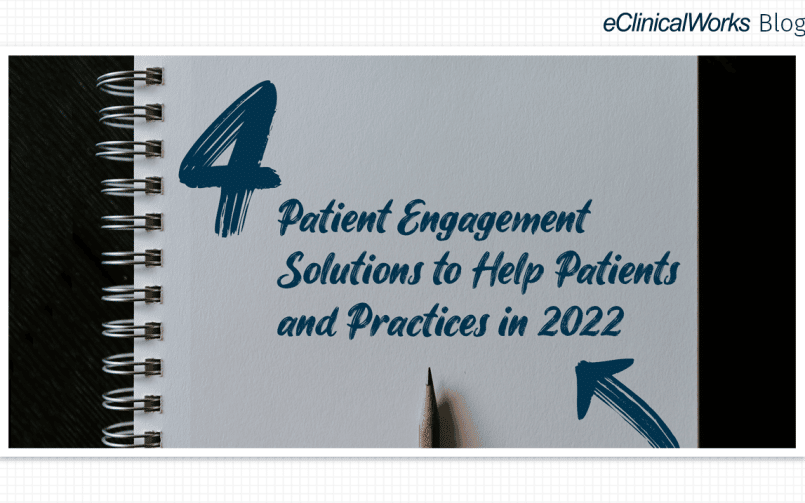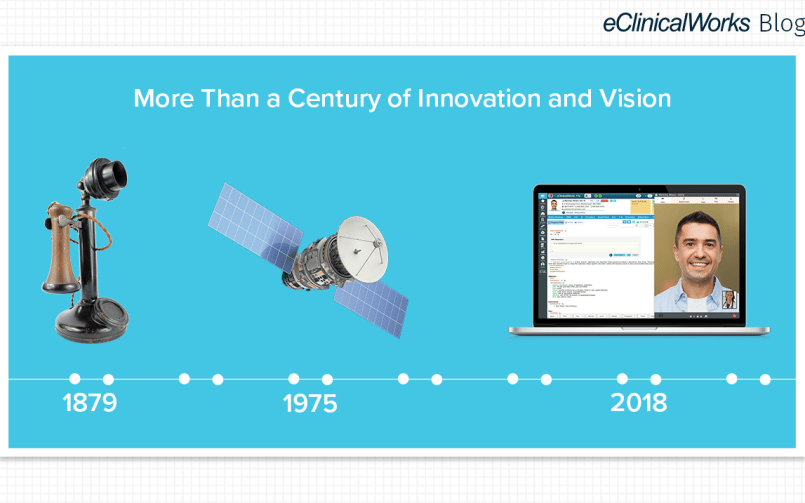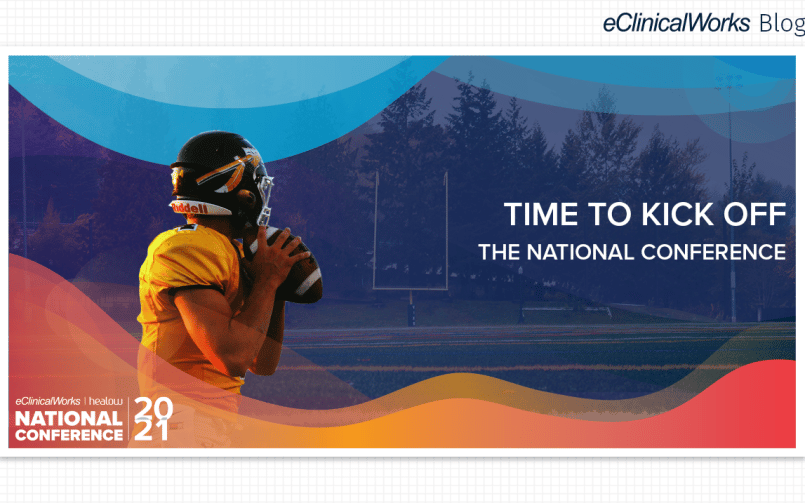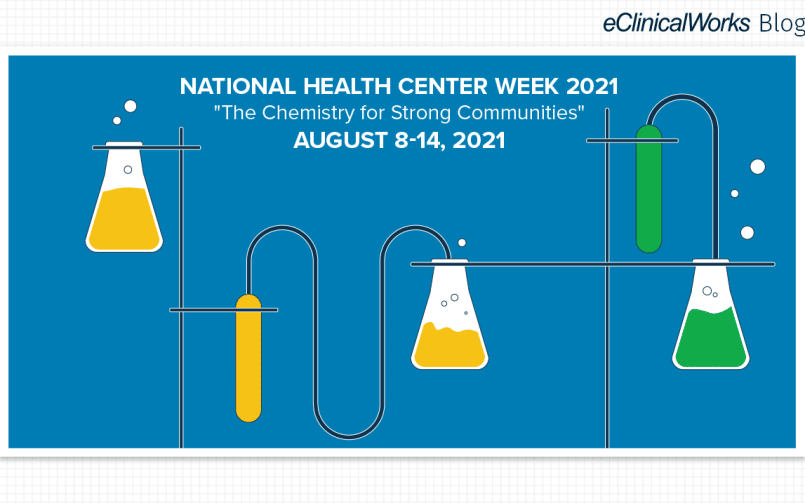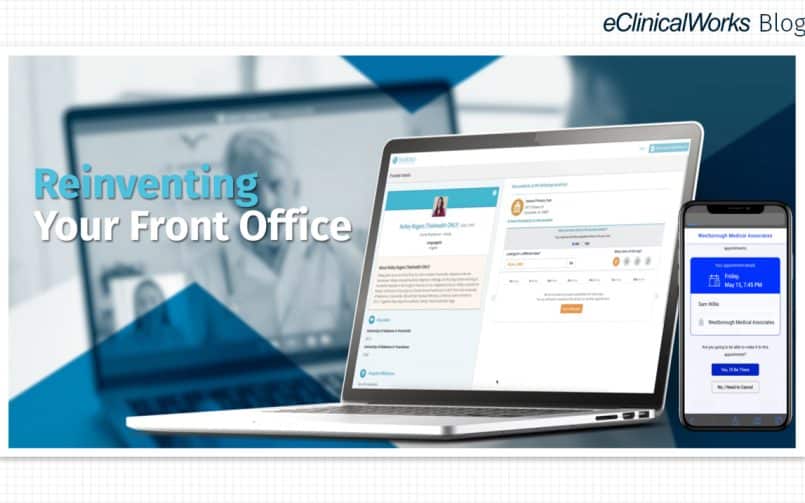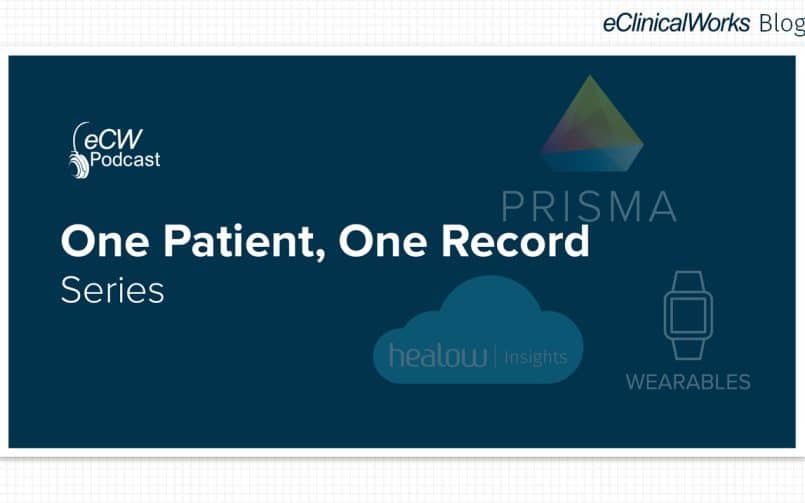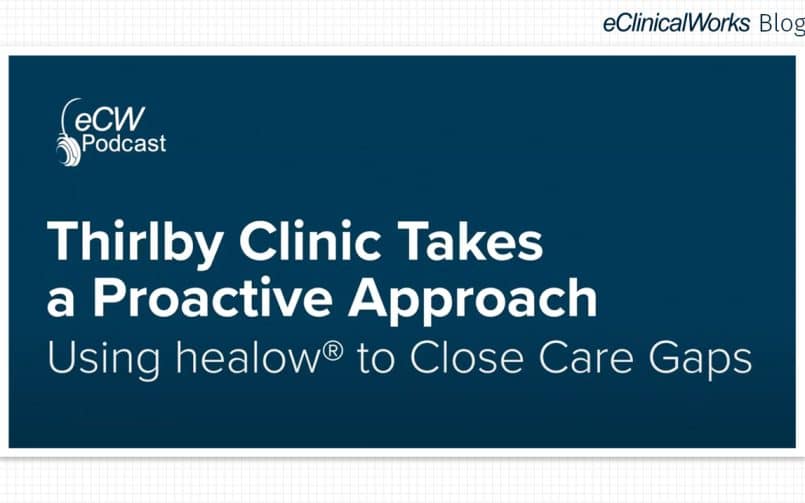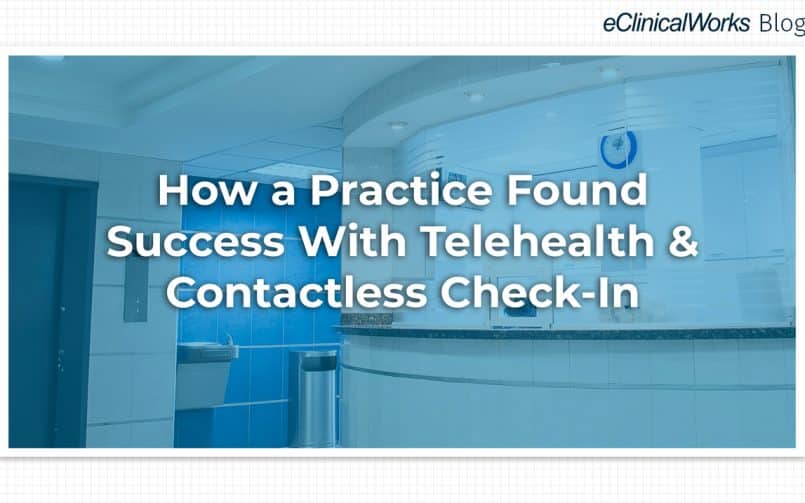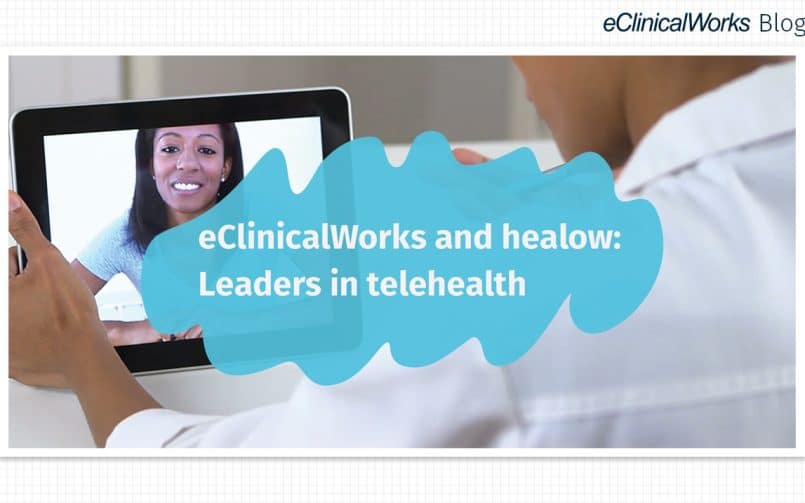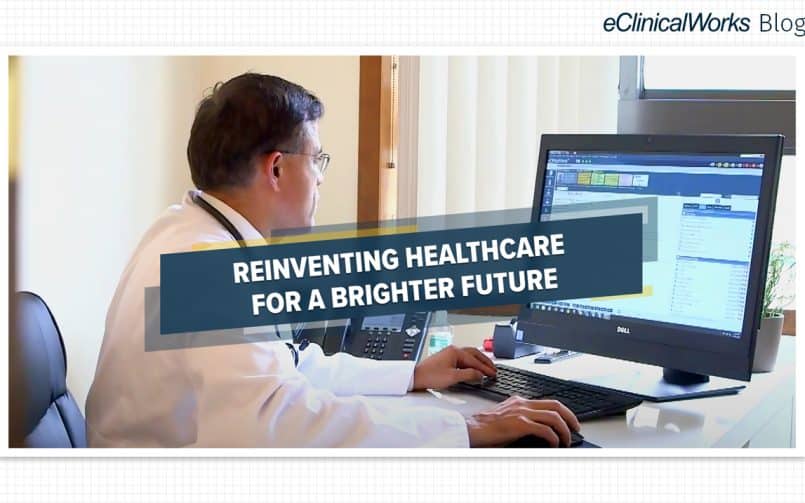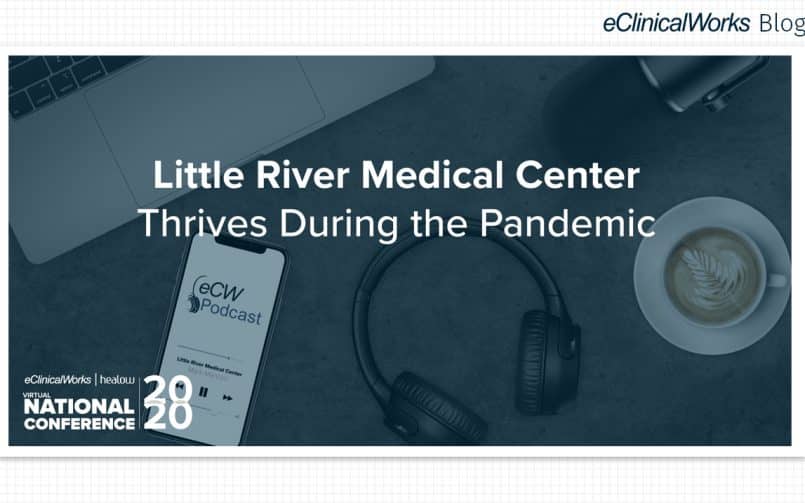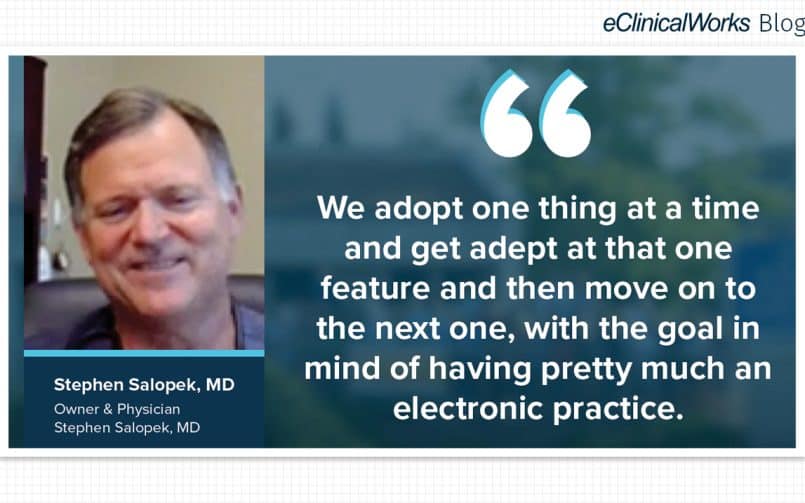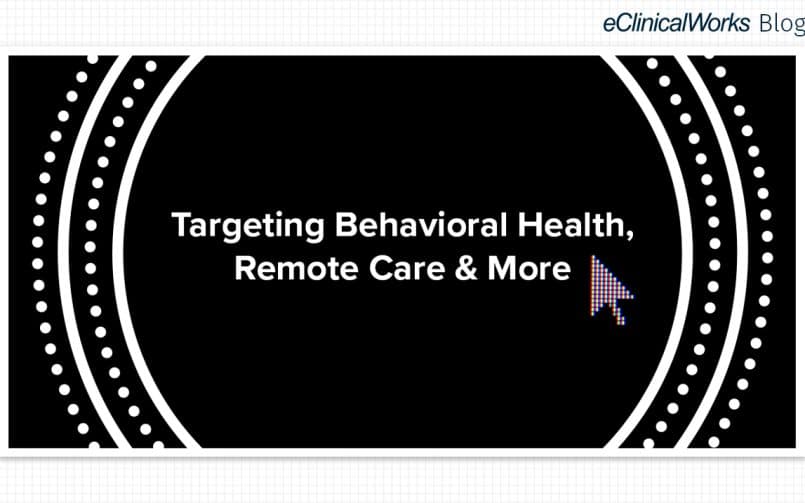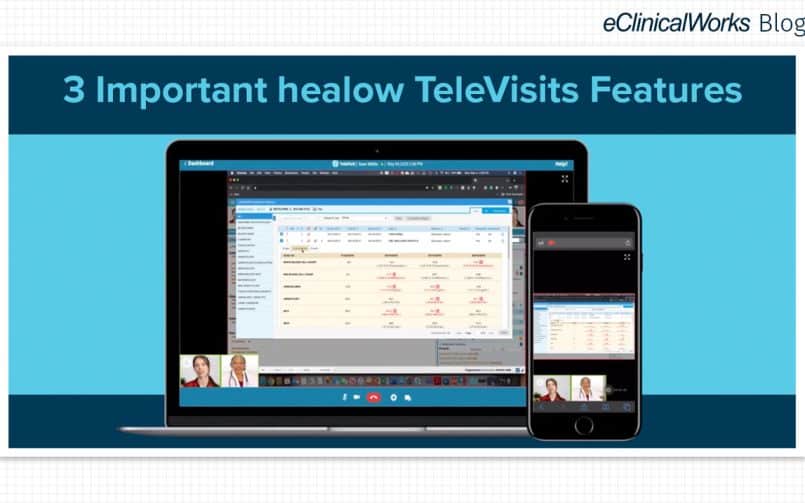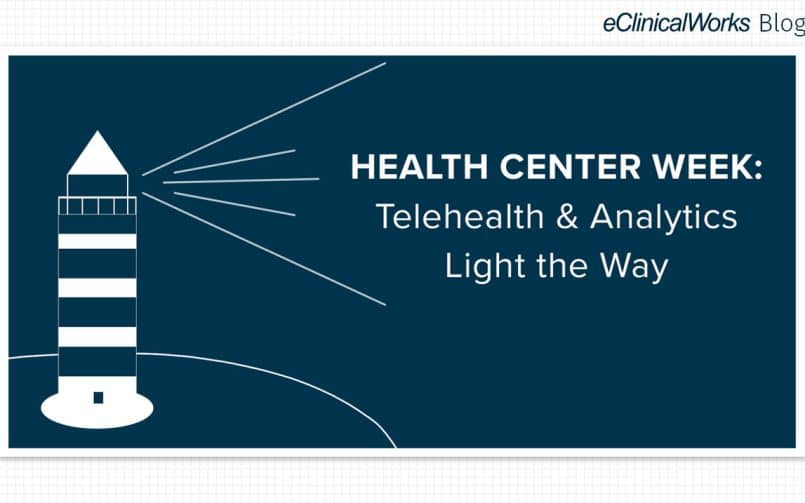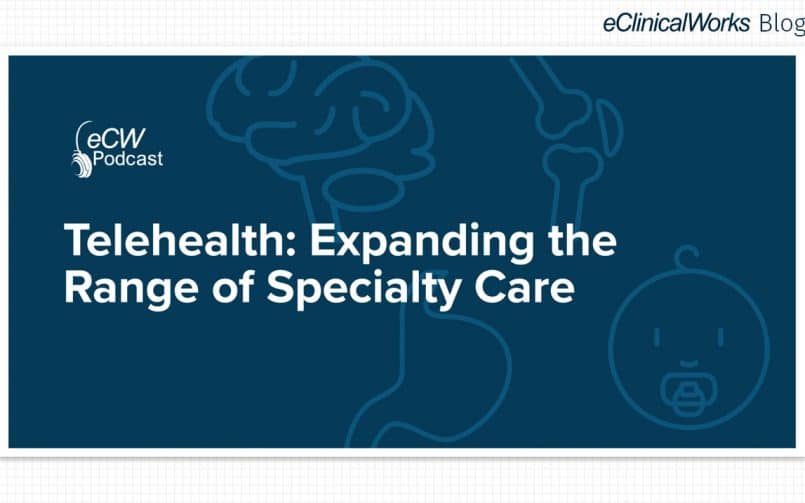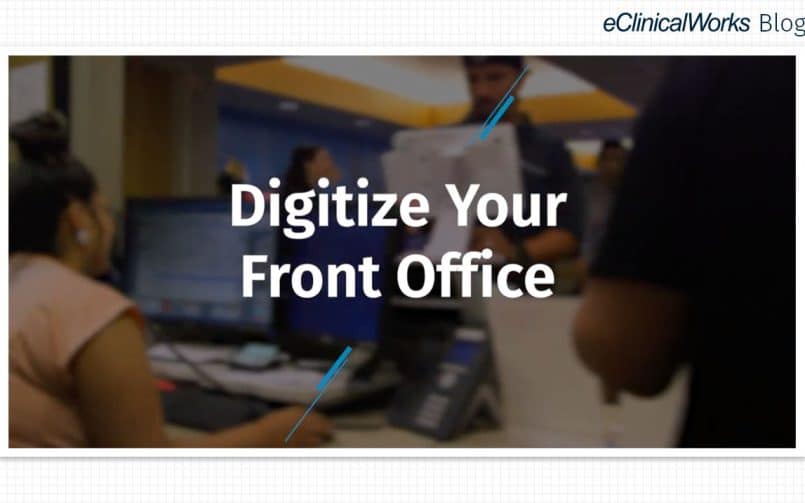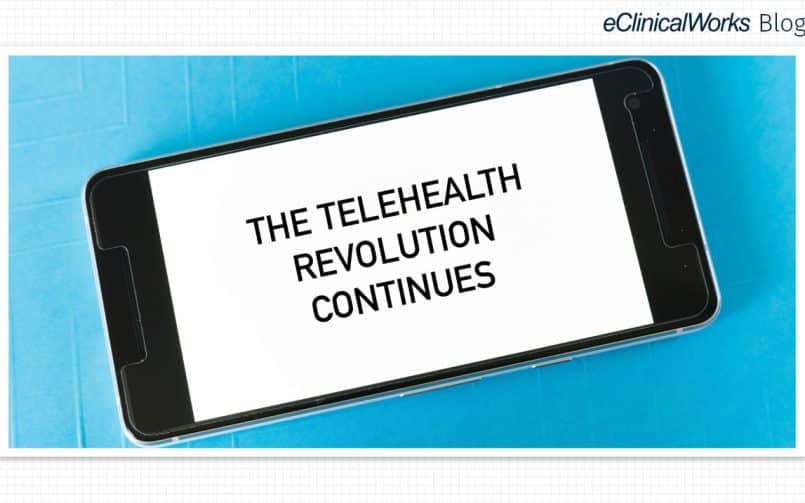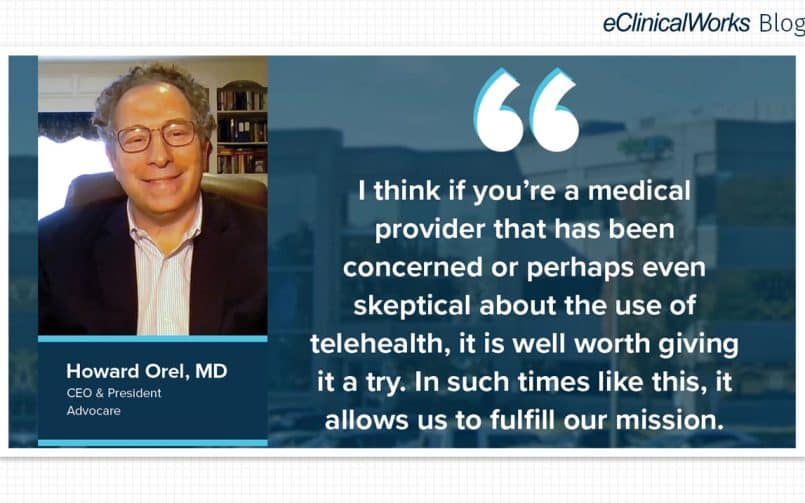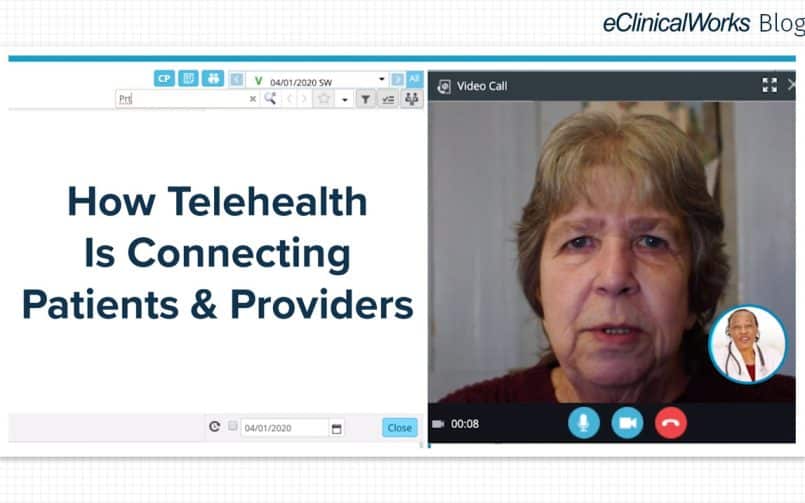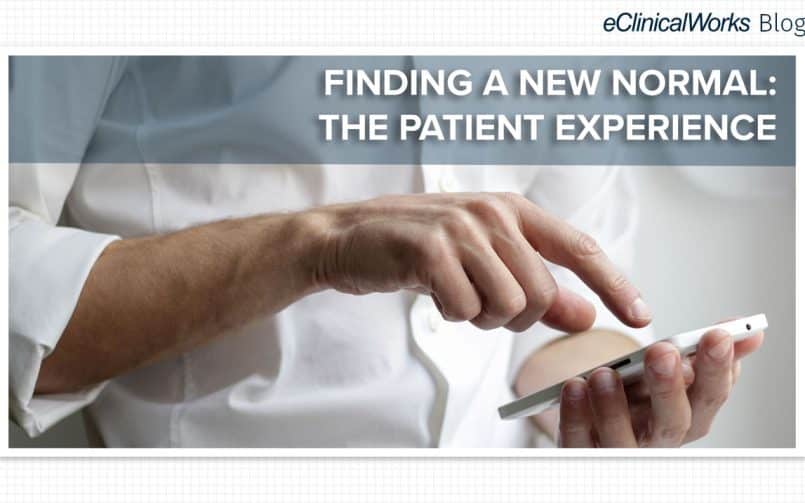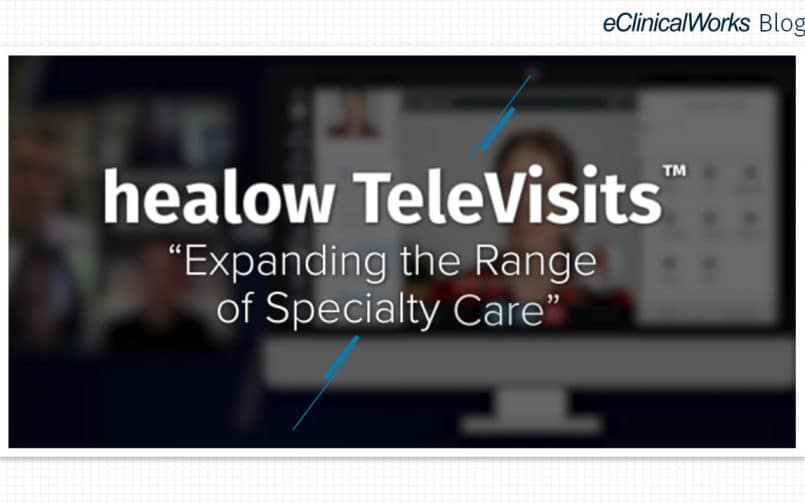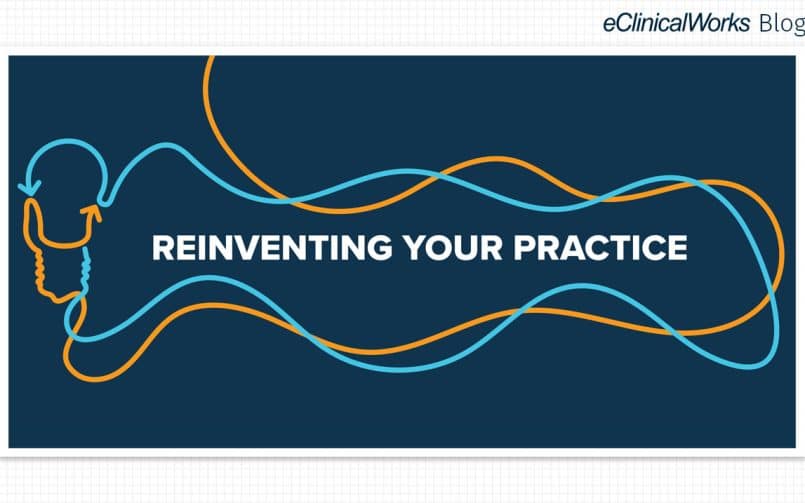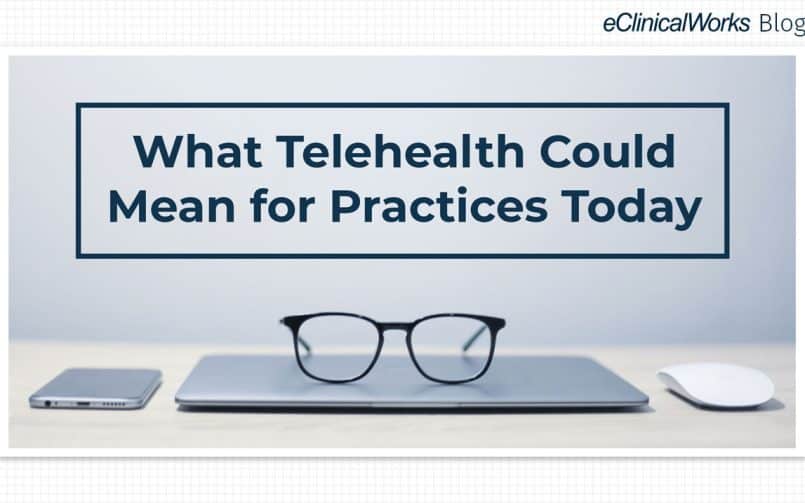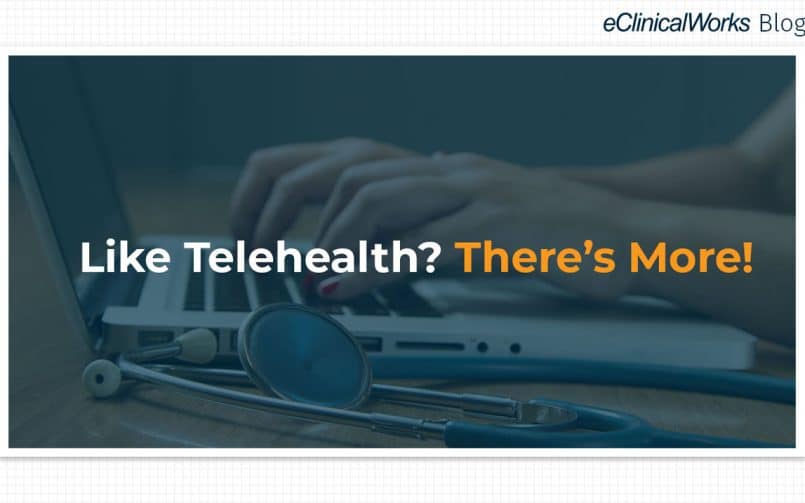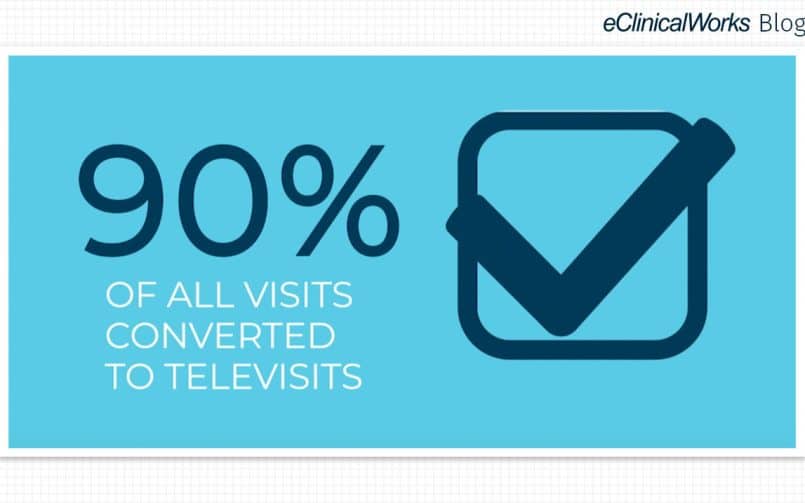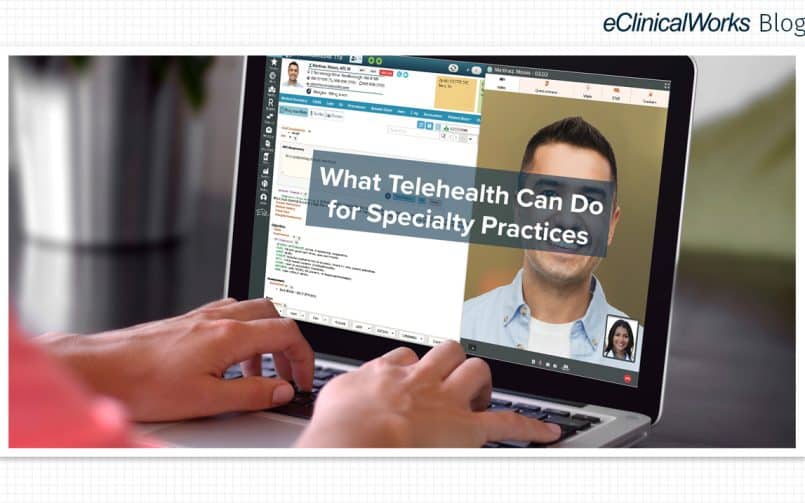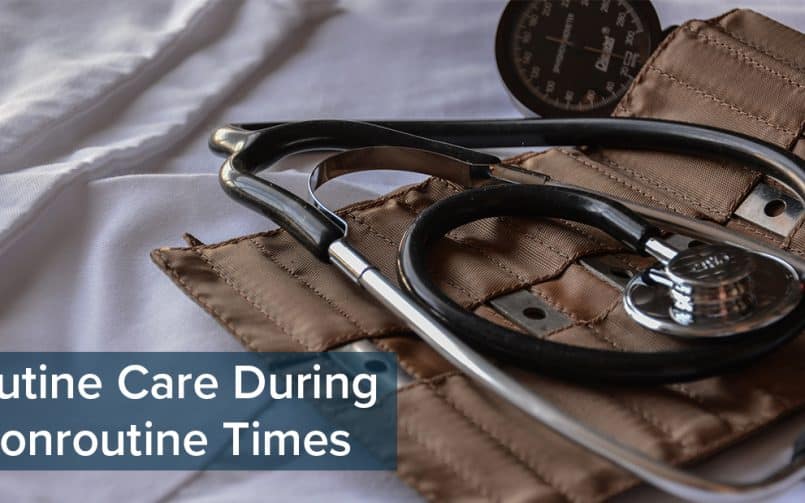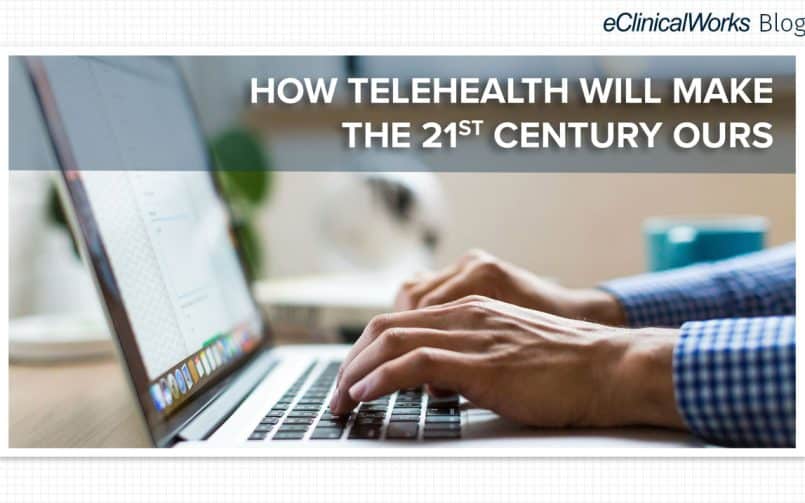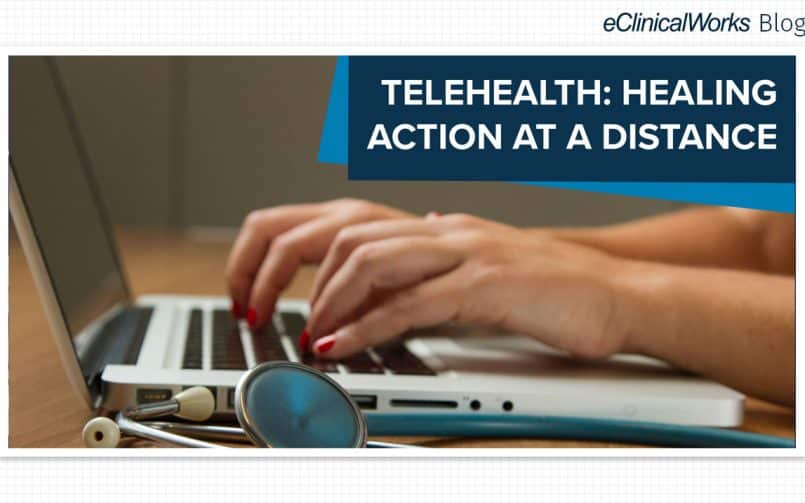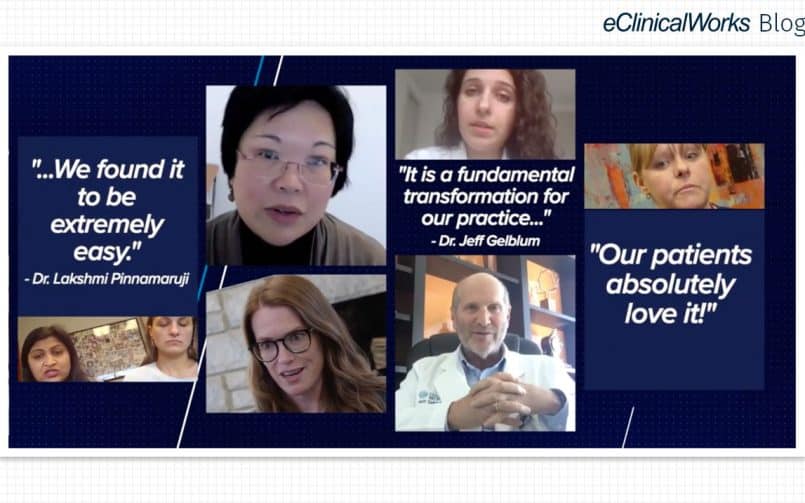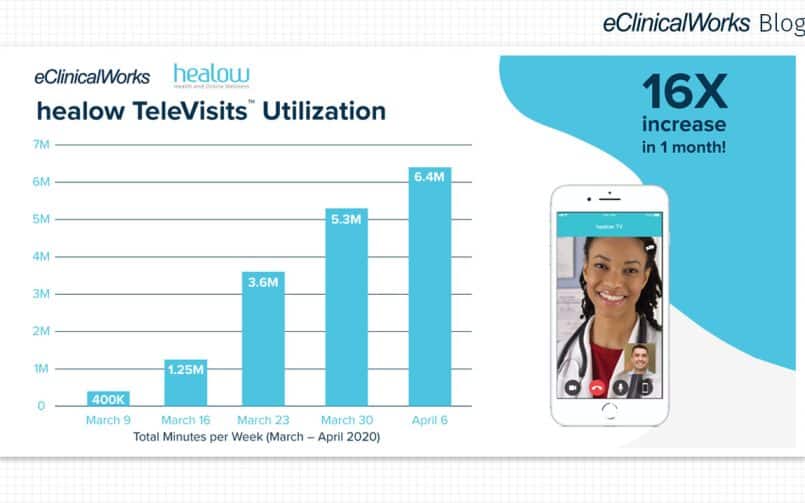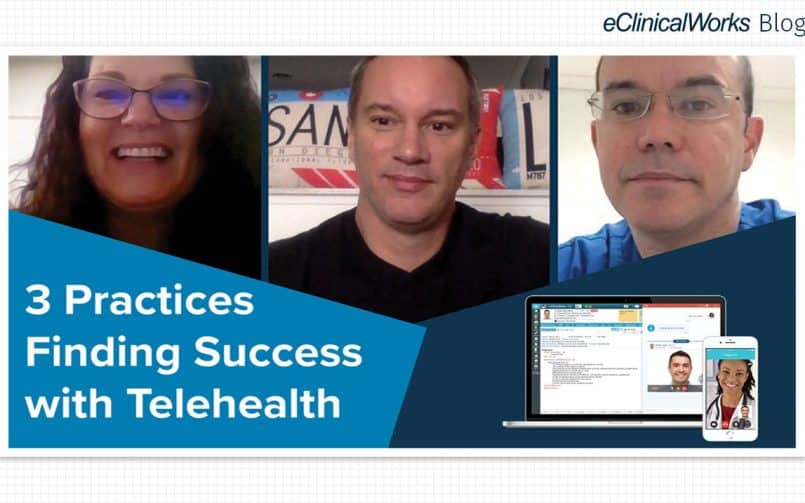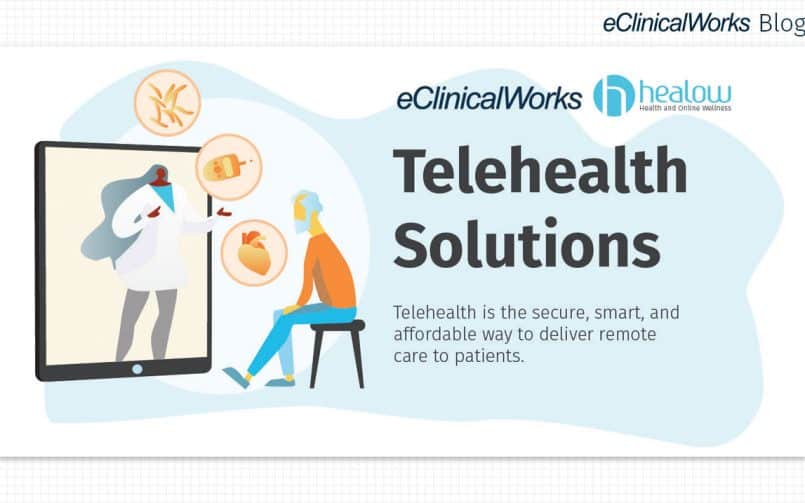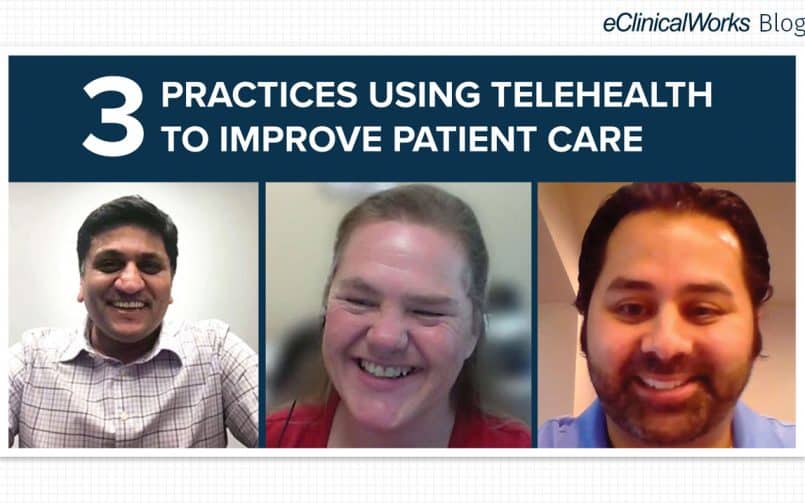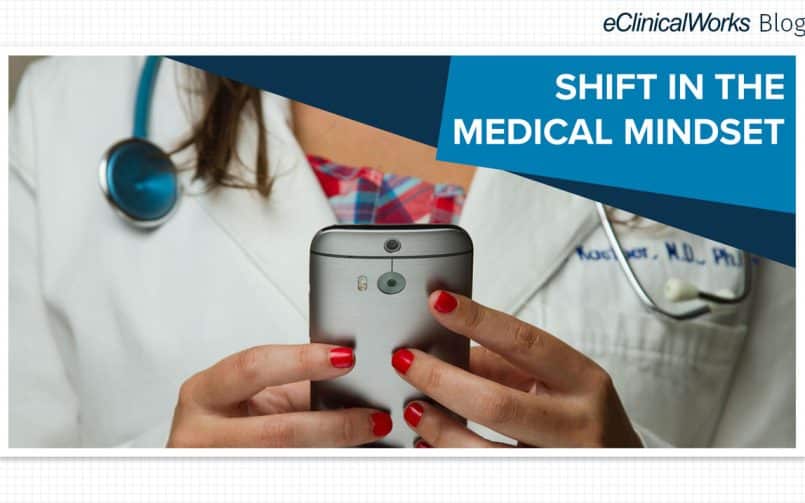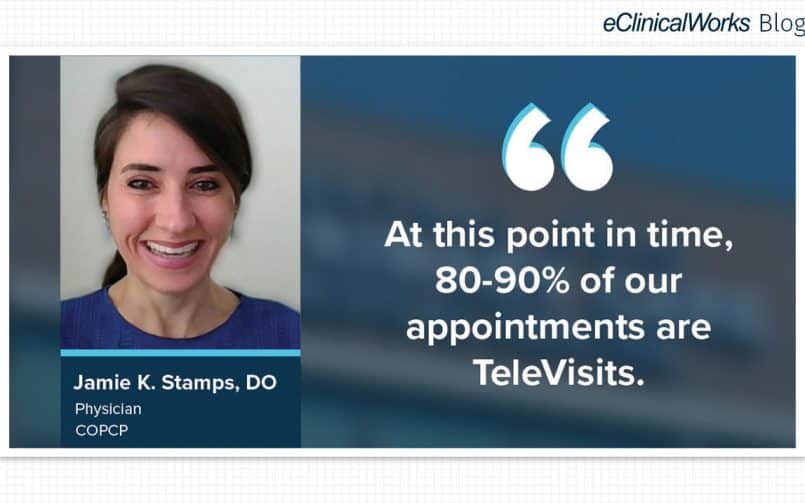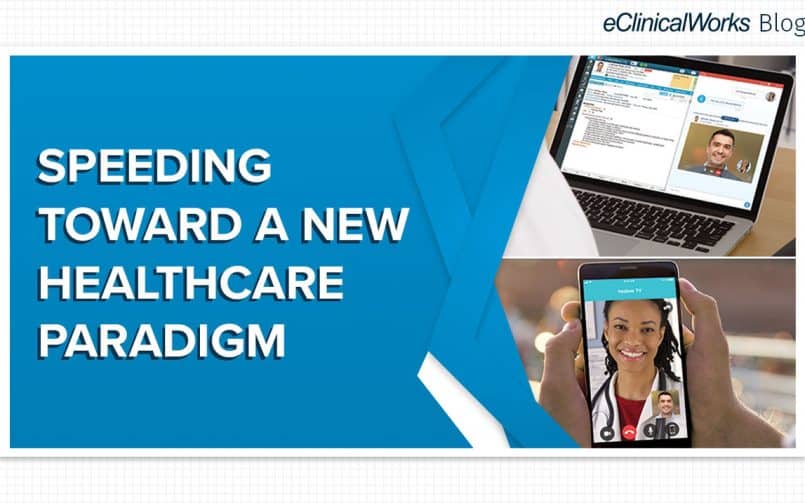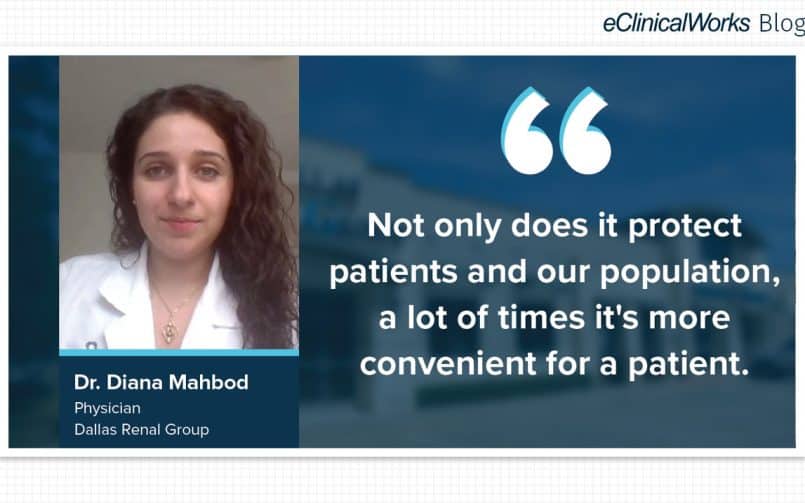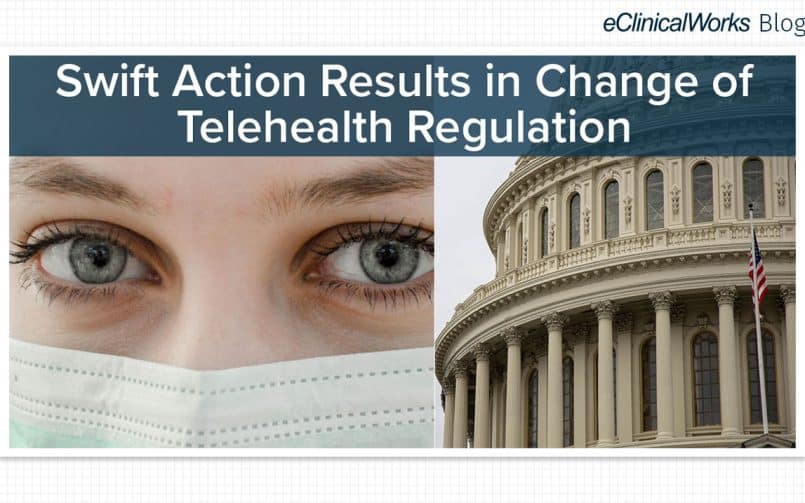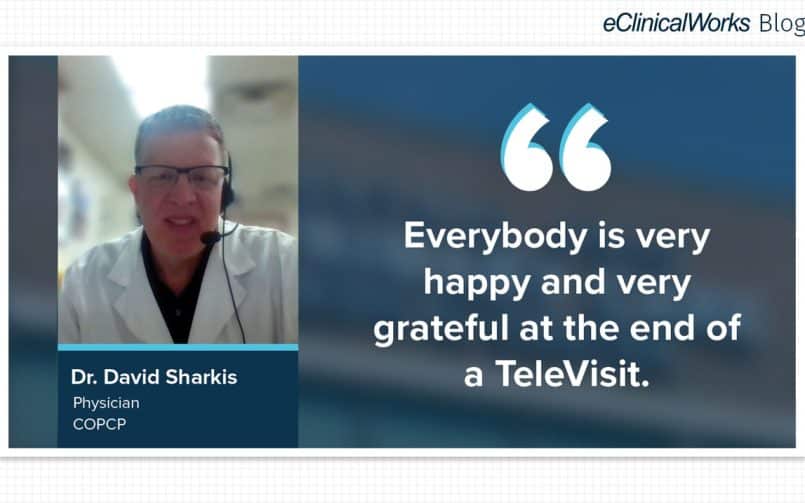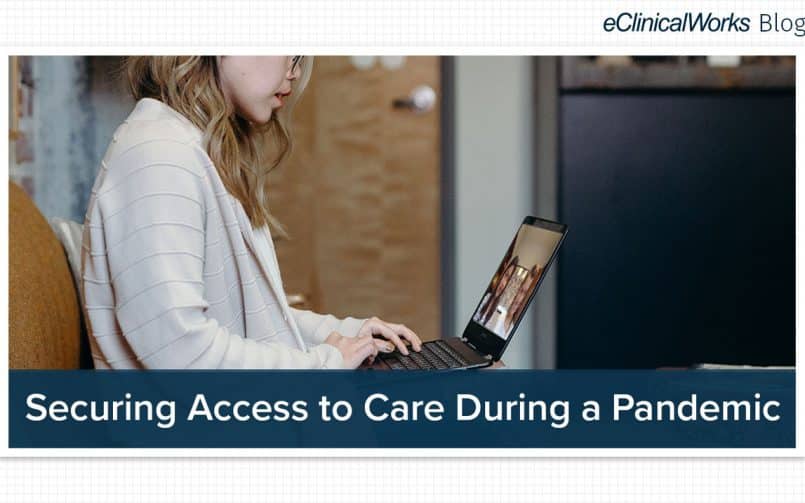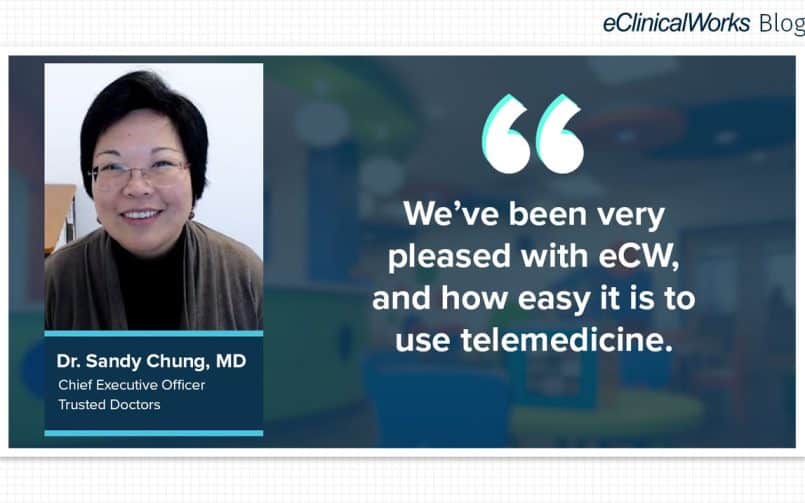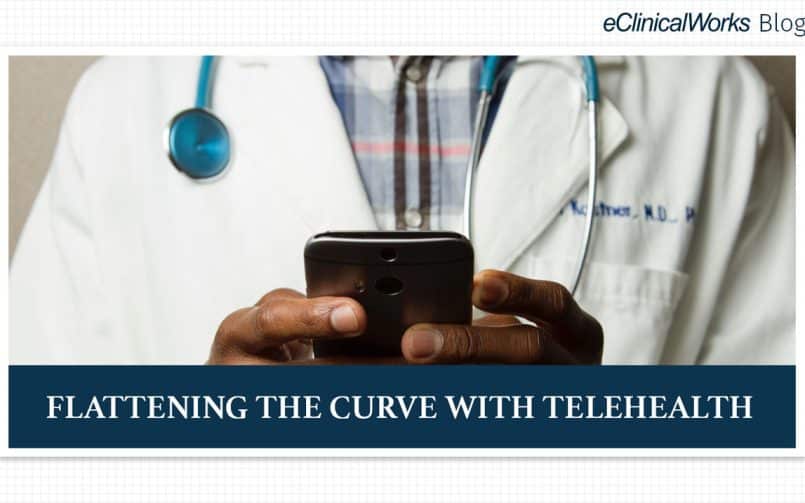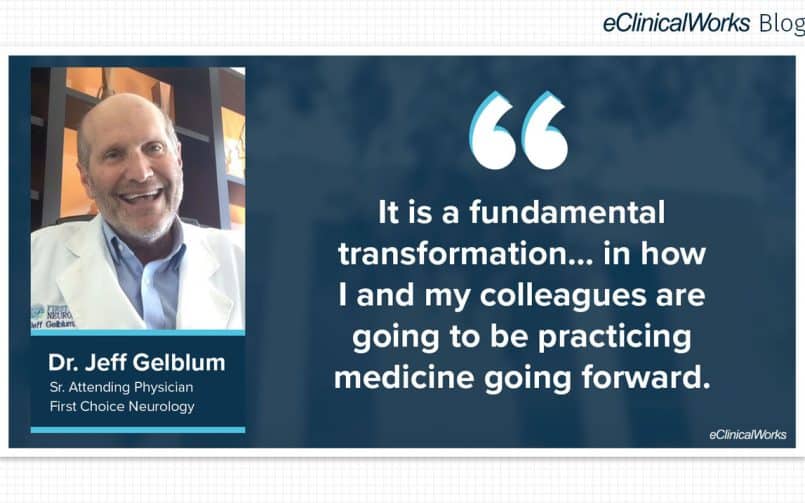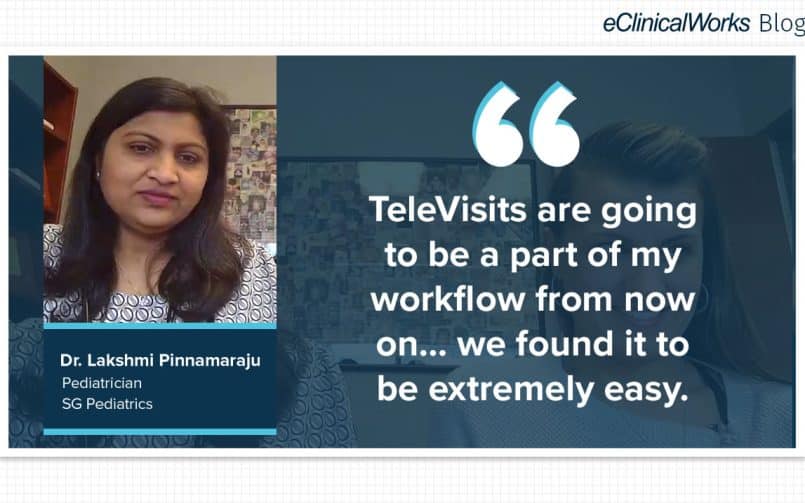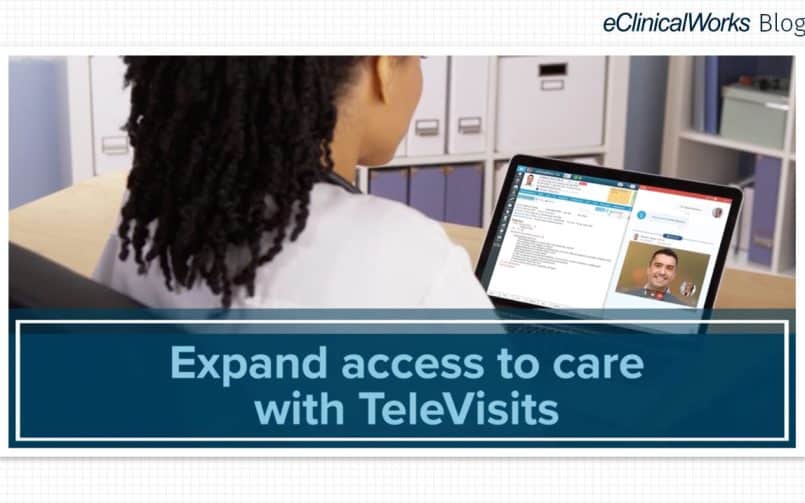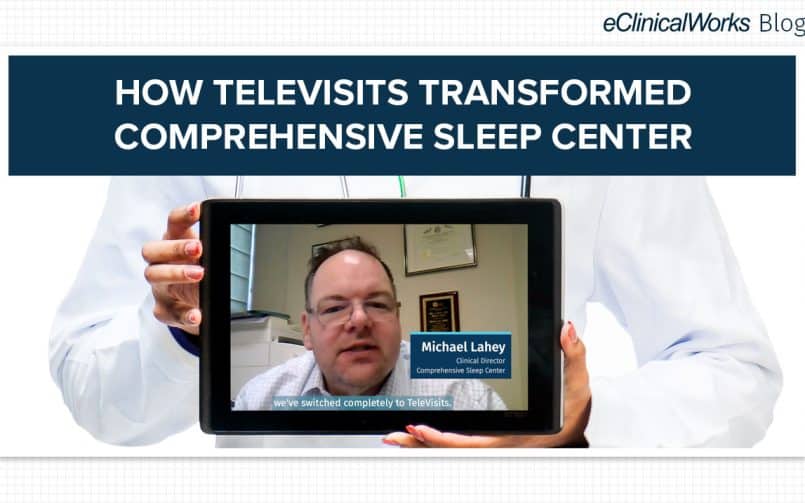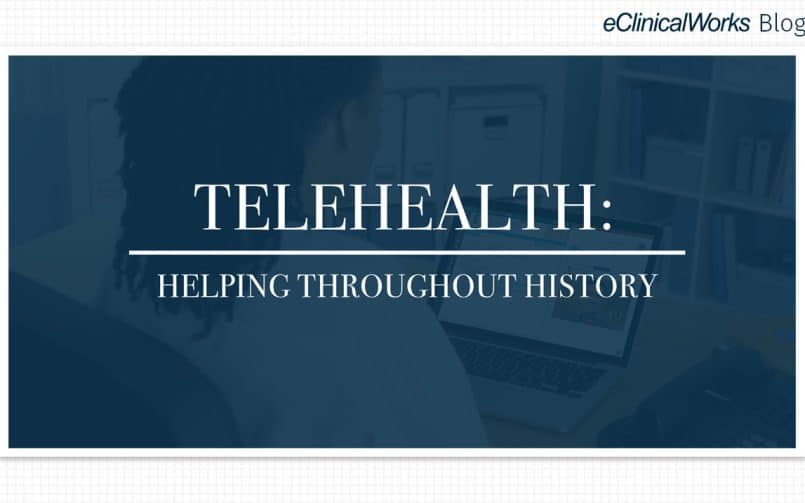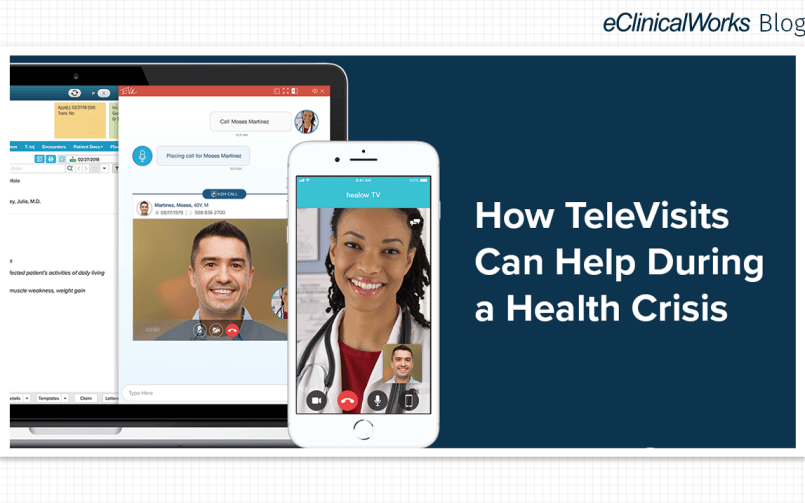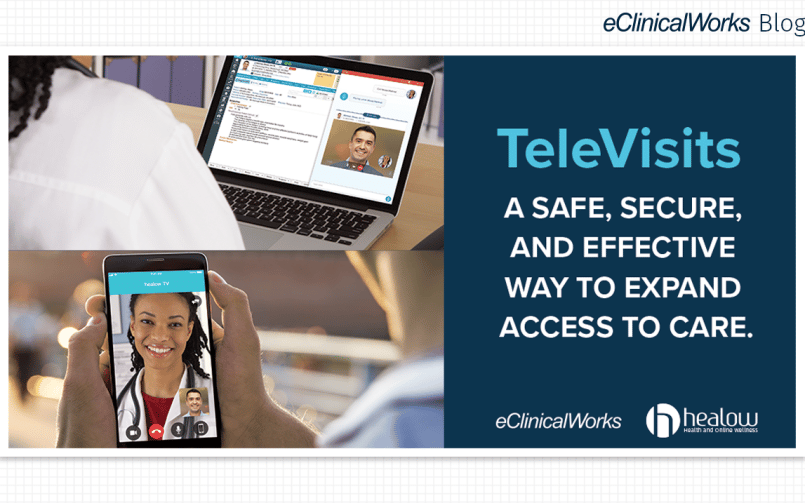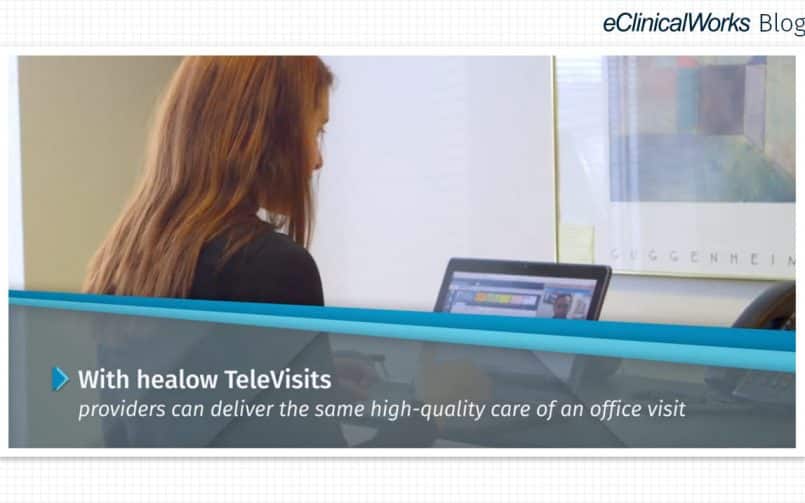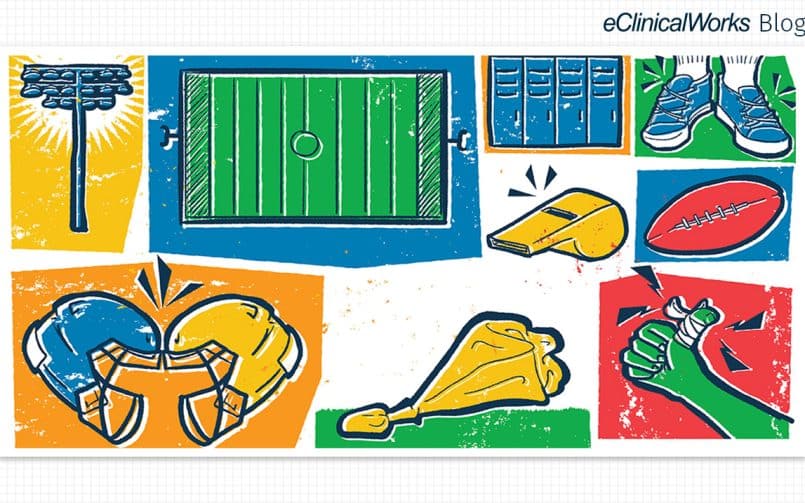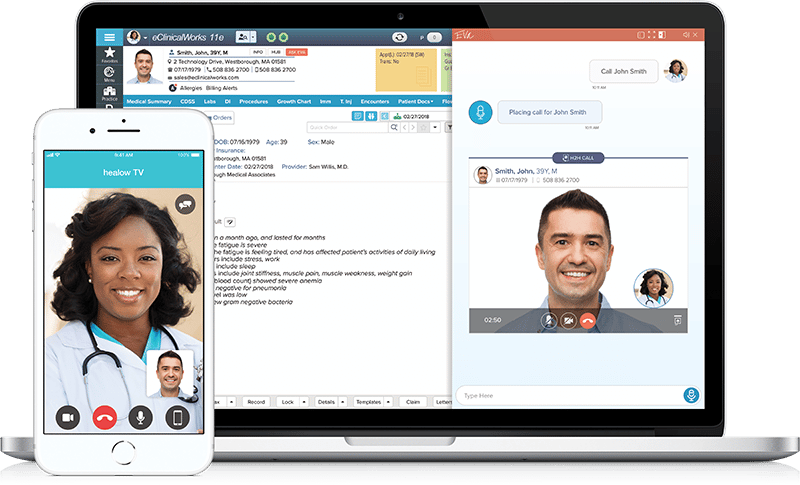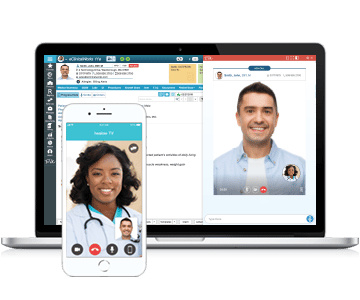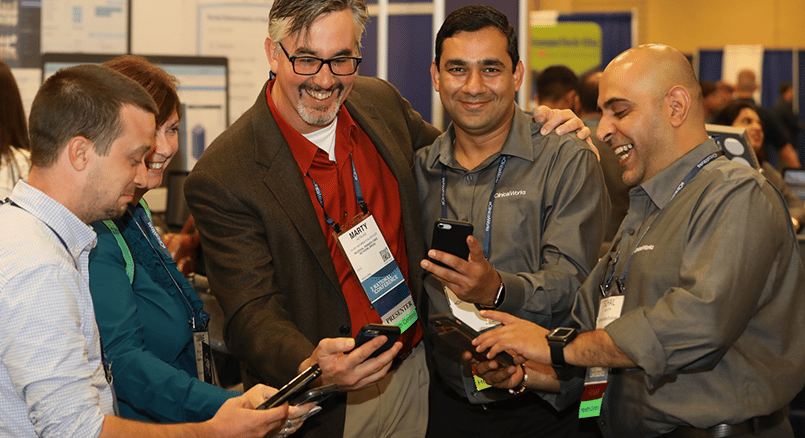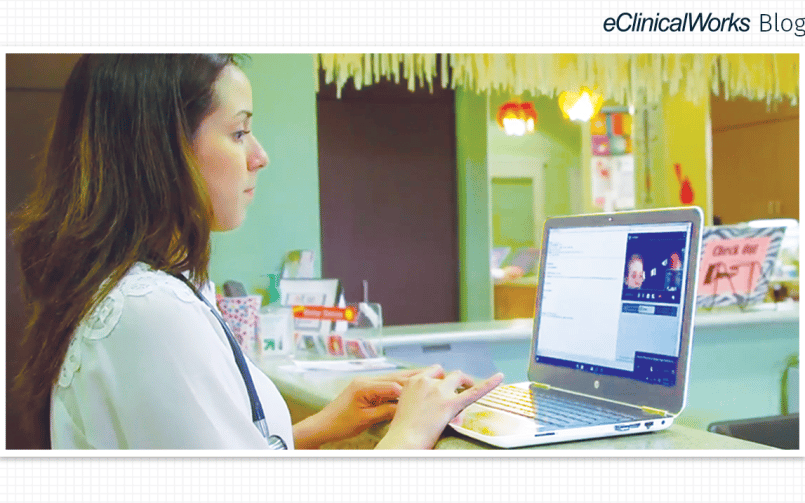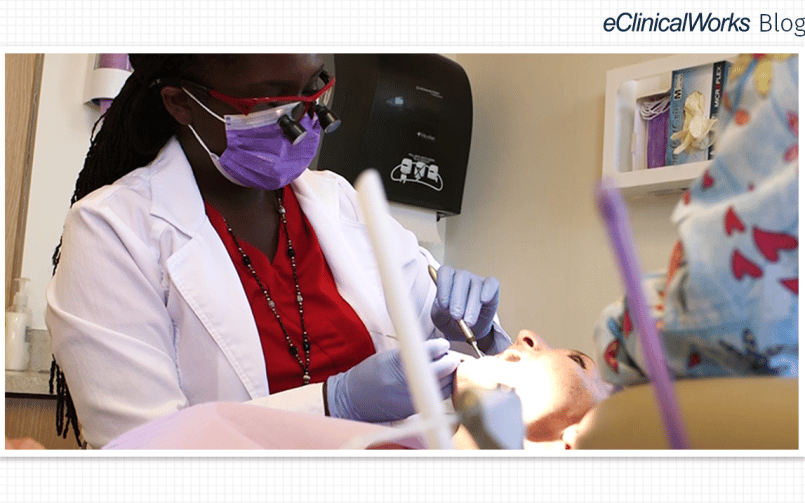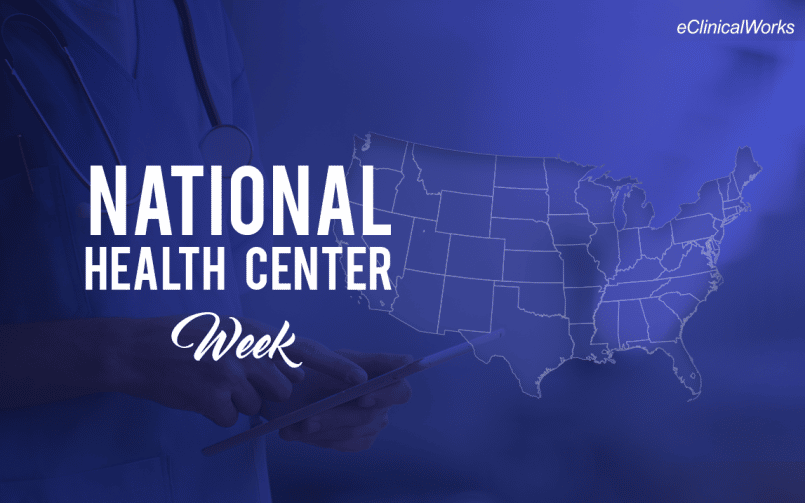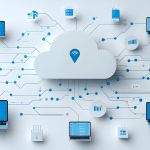Using hello2healow for Patient Outreach in Florida
- 12 August 2021
- Blog
eClinicalWorks
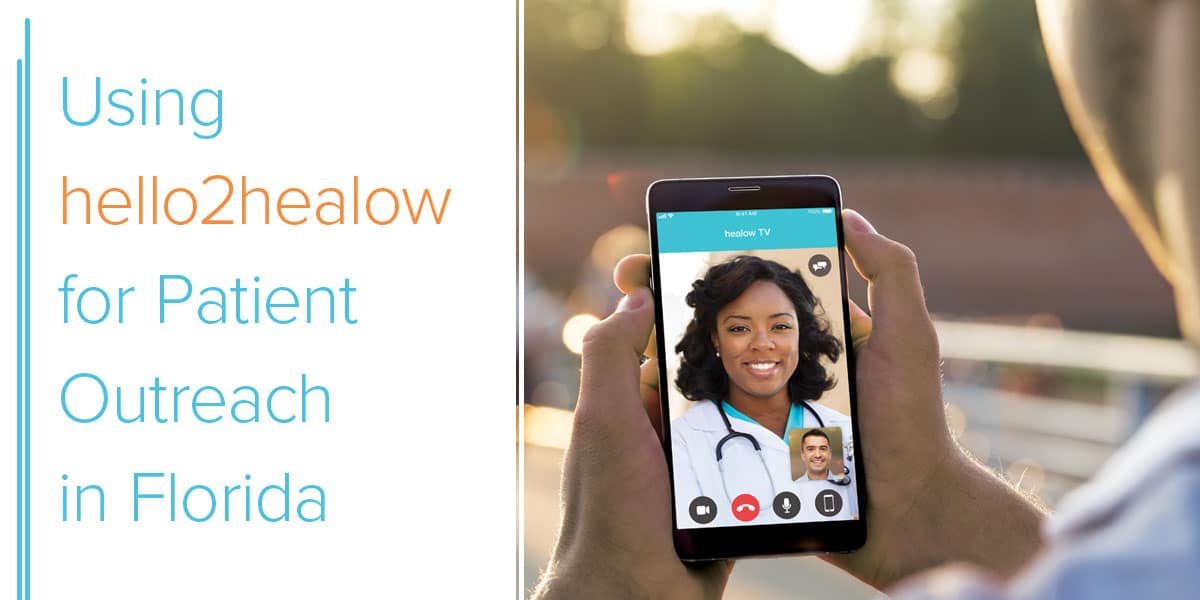
Engagement tools prove effectiveness among LGBTQ+ community
To help mark National Health Center Week (August 8-14), eClinicalWorks® recently sat down with Kirsty Gutierrez, Vice President of Health Center Services at Metro Inclusive Health in St. Petersburg, Florida, to learn how healthcare IT tools help their practice deliver care to their patients.
Metro Inclusive Health is a community health center with four locations in the St. Petersburg area that focus primarily on the needs of the LGBTQ+ community, including primary care, HIV testing, sexual health, case management, Behavioral Health, and a range of programs to meet patients’ changing needs.
Expanding access to care with telehealth
When the COVID-19 pandemic hit full force in March 2020, practices nationwide reduced office hours or closed completely. Uncertainty about the transmissibility of COVID-19 meant they needed new ways to deliver care remotely.
Metro Inclusive Health moved quickly to implement telehealth to ensure that their patients would continue to have access to all the services they need.
During 2020, they conducted 15,700 telehealth visits using healow TeleVisits™, covering primary care, PrEP services, hormone replacement therapy, Behavioral Health, and psychiatric medication management.
How hello2healow helped meet the goal
While healow TeleVisits are conducted by licensed physicians, many practices need additional tools that can help other staff, including case managers, keep in touch with their patients.
With hello2healow™, patients can receive on-demand audio or video calls from nurses or providers to review labs, post-operative follow-ups, engage in nutrition counseling, and much more.
Guttierez said that hello2healow really helped Metro Inclusive Health with their PrEP program, which serves more than 1,000 patients each year. The program is an HIV-prevention effort that depends upon patients taking a daily pill and receiving counseling.
Once physicians and other providers had the training they needed, Gutierrez said, they quickly became comfortable using both healow TeleVisits and hello2healow.
“It was really surprising to us that patients utilize this service so heavily because we serve such a vulnerable and underserved population,” she said. “But they actually preferred it because they can join their virtual visit with their provider regardless of where they’re located.”
Preparing for PrEP visits
“It allowed our PrEP navigators to still have a face-to-face visit with their patients before the patients actually meet with their medical provider,” Gutierrez continued. “Additionally, we really had to adjust our service model and the way that we deliver care, and one of the most innovative ways that we did this is through our HIV testing program.”
Gutierrez noted that nearly 100% of the health center’s HIV testing was completed remotely during the pandemic, which allowed providers to immediately connect patients to the services they might need if they were HIV reactive.
One result — good both for patient health and the practice’s bottom line — was a marked decrease in no-shows during 2020
Marketing telehealth services pays off
“We did a lot of marketing around telehealth services,” Gutierrez said. “We updated our website we made sure to post instructions on how patients can access healow TeleVisits, did quite a lot of social media outreach, and additionally we modified our information packet to have a letter from our medical director explaining why it was so important to utilize telehealth during the pandemic.”
The final piece was training the practice’s scheduling team.
Increasing visits, decreasing no-shows
“Our number one goal and focus was on ensuring that our patients and community members did not experience a gap in their care,” Gutierrez said, noting there was a 66% increase in Behavioral Health visits in 2020 over 2019.
Moreover, thus far in 2021, the practice is still using healow TeleVisits for 71% of all visits, while 98% of Behavioral Health visits are being conducted remotely.
“We definitely intend to continue using telehealth,” Gutierrez said. “We are working on increasing our community outreach by using our mobile health unit, which has telehealth capacity built directly into it.”
To learn more, click here to watch our Podcast with Metro Inclusive Health below.




